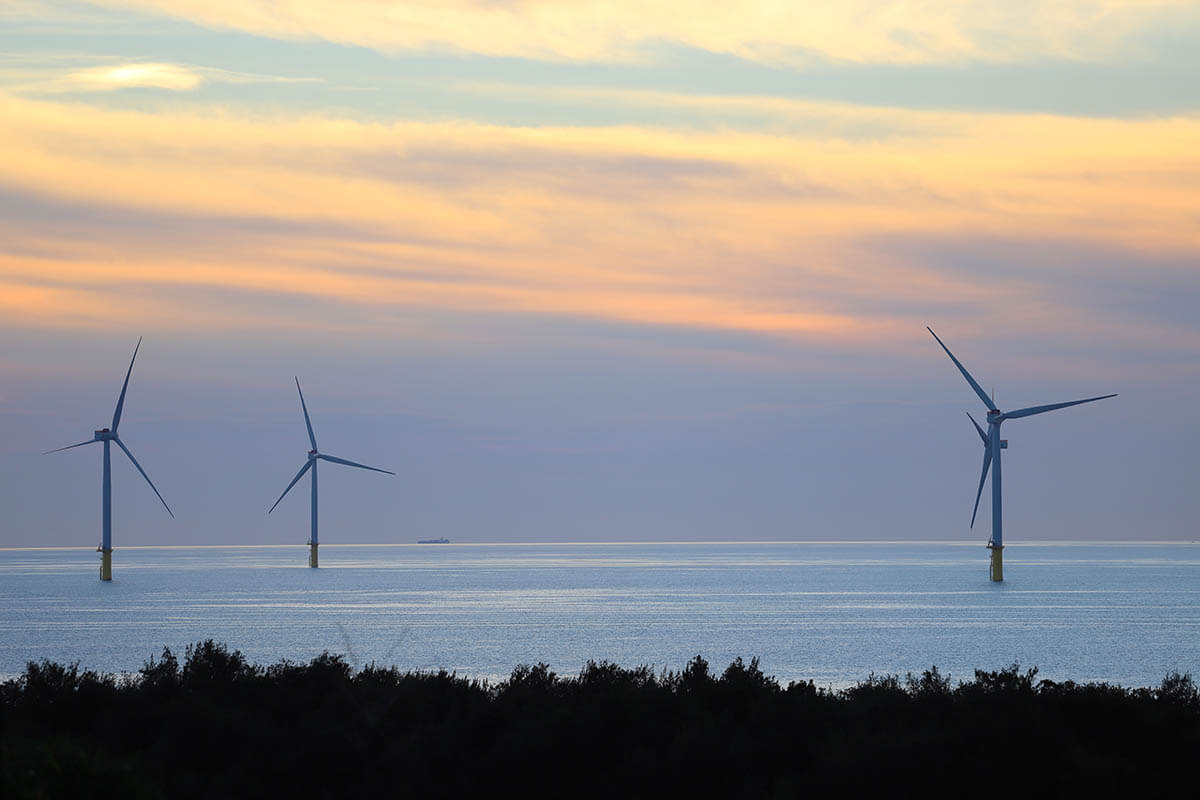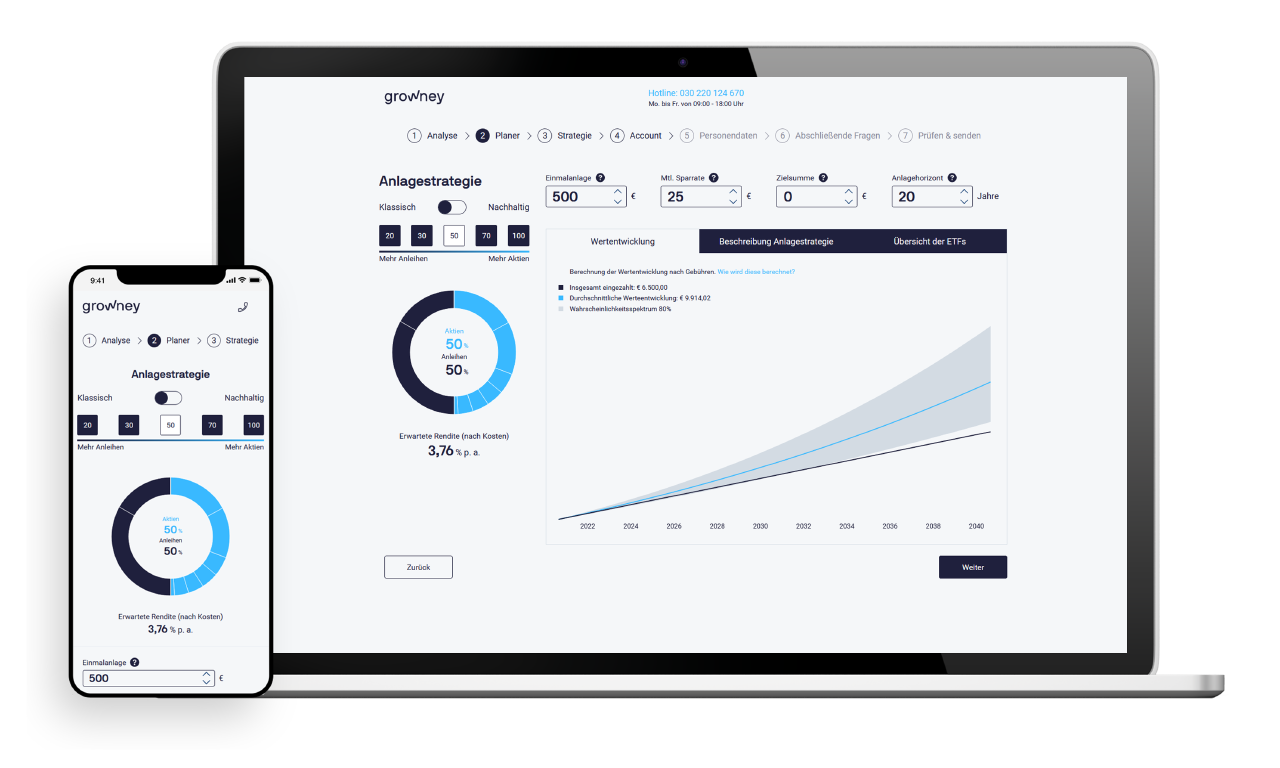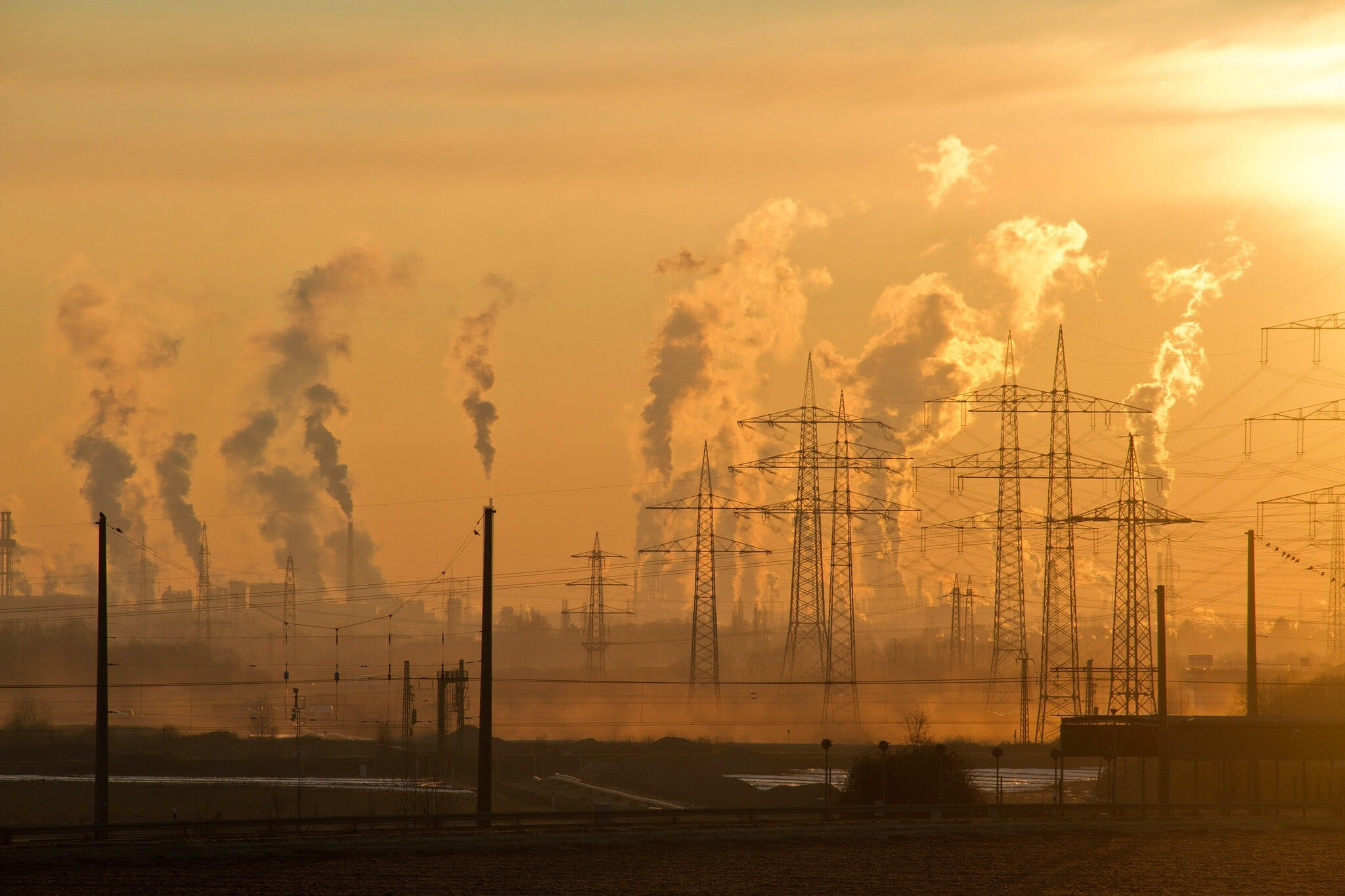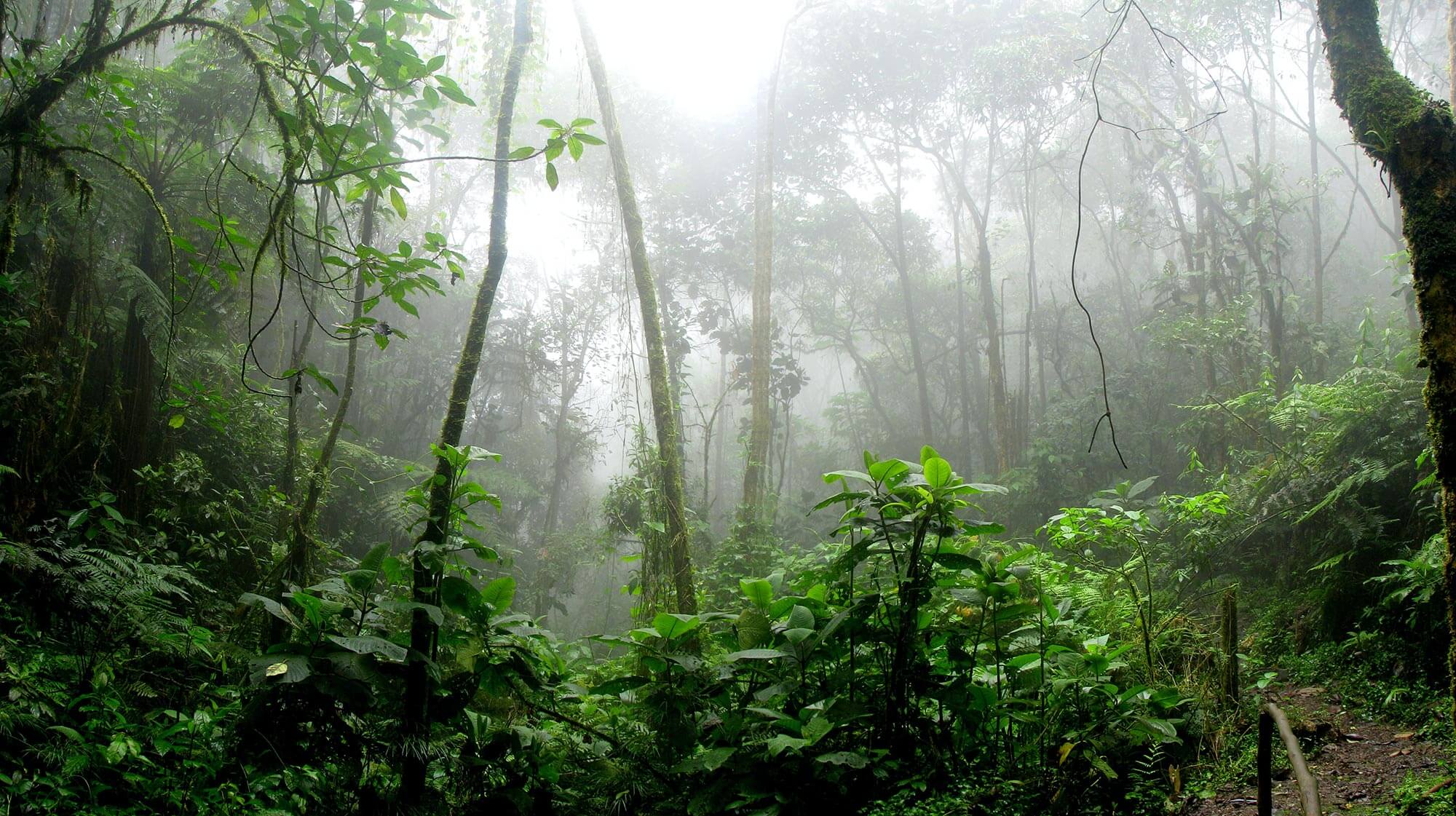How Much are Sea Levels Rising?
The Intergovernmental Panel on Climate Change's 6th IPCC Report states that global sea levels have risen more since 1900 than in any previous century within the past 3000 years. Between 1901 and 2018, global sea level rose 20 centimeters - and it's rising faster and faster.
Between 1901 and 1971 global sea level rose by 1.3 millimeters per year, between 1971 and 2006 it was already 1.9 millimeters per year. Since then, there has been an exponential growth: from 2006 to 2018, sea level has risen by a full 3.7 millimeters per year.
How much sea level rises in the future depends on how many greenhouse gasses we emit by then. If we don't drastically reduce our emissions, we face a global sea level rise of more than one meter by 2100, and even more than five meters by 2300. A few meters doesn't sound like much, but it will have dramatic effects. Especially in regions where coastal landscapes are flat and the coastline can shift many miles inland.










